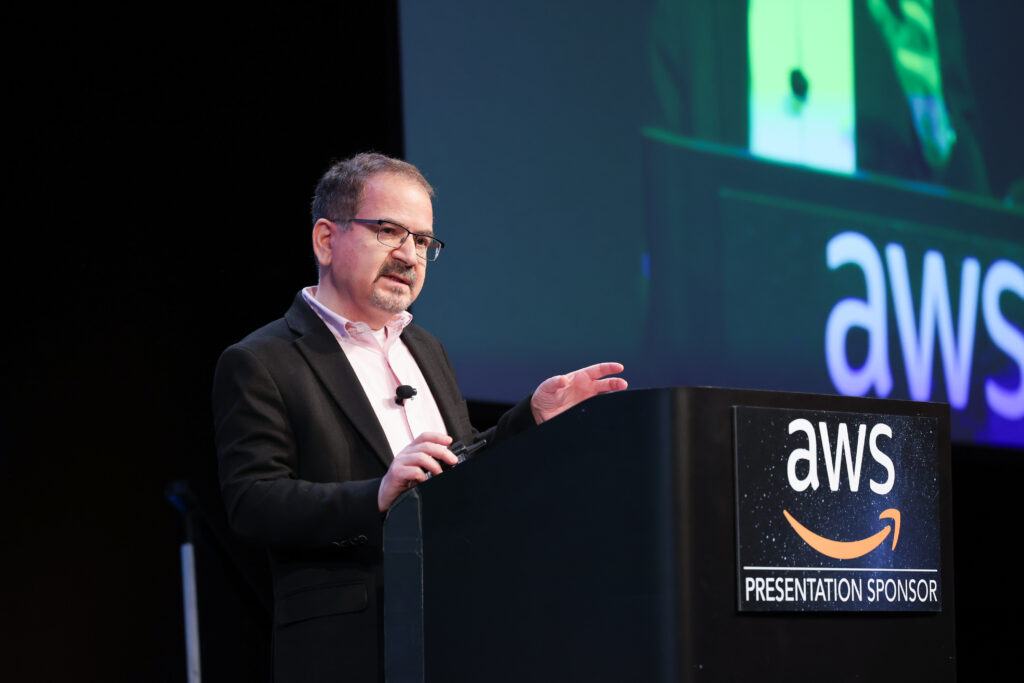By Chris Forrester

Mohammed Marashi (SES, SVP/Future Business & Innovation) delivered a fascinating Keynote at the SVSW and its Satellite Innovation sessions, explaining the might of SES which carries 6400 TV channels to some 363 million viewers in 130 countries. But the fastest-growing segment at SES was non-video in particular mobility and data and SES is building rapidly on these changes.
Marashi said that SES was now investing in start-ups, and was co-developing new products and working with consortia on these developments and also collaborating with its existing customers on new developments. He described these developments as being “radical” for SES, and even “disruptive” and the intention was to accelerate how things were evolving. The old view at SES even in terms of the O3b fleet came from its experience with geostationary satellites. In reality we needed to be thinking more of the O3b fleet as LEO craft.
He showed delegates an example of one of these collaborations which was with French news agency AFP and how SES and its 360 offering was speeding up the distribution of its video news feeds. AFPTV was now using an SES-developed interface and designed to keep AFP as the world’s Number 1 video news agency and making the most of its platform and boosting the features available for AFP.
“Key,” he said, “was working closely with our customers, and asking how we could help them improve their service, whether using geostationary, O3b/mPOWER and its equatorial RF Relay Service for data.”
“We are changing our approach, in design, procurement and accelerating our approach to next-generation needs and constellations. Our aim is to reduce the ‘cost/bit’ and how we can develop these technologies for multi-orbit or multi-band usage. We recognise our intention is not going to be straightforward and would need collaboration.”
He showcased the SES ‘EAGLE-1’ prototype Quantum key Distribution (QKD) LEO satellite, which is being developed with help from the European Space Agency and some 20 European partners including TESAT which is responsible for developing the and integrating the QKD payload.
EAGLE-1, which he described as a radical solution, is planned to launch in 2026. The EAGLE-1 project is co-funded by ESA, the European Union (EU), the space agencies of Germany, Luxembourg, Austria, Italy, the Netherlands, Switzerland, Belgium and the Czech Republic, as well as the industry. It is expected to have a 3-year validation period once launched.
“Innovation is in SES’s DNA.” Stressed Marashi. “We are happy to discuss further collaboration – under NDA terms – and we are seeking to accelerate our innovation and work together with the industry.”
Marashi said it was too early to say how the collaboration and integration with Intelsat was progressing. But he did not see any difficulties in the process.
However, in response to a question, he said SES could be happy to consider an expansion of the EAGLE-1 QKD LEO scheme, providing the technology was viable and very much provided it made financial sense.
